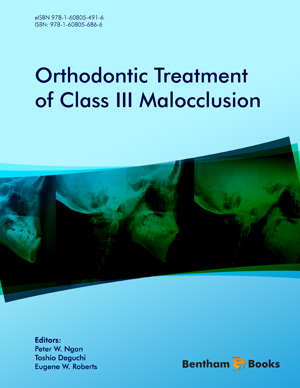Abstract
Class III malocclusion and midfacial retrusion are major problems in patients with cleft lip and palate (CLP) because maxillary growth is compromised by postsurgical scar contraction. As well as dental problems, these patients also suffer from multiple functional problems, such as suckling, swallowing, speech, and hearing problems. Successful management of patients with CLP requires a multidisciplinary approach. In contrast to conventional Class III treatment, treating cleft palate patients requires attention to multiple functional problems during orthodontic treatment. CLP patients often have multiple, complex problems that require coordinated and comprehensive treatment. Although major progress had been made towards the effective treatment of dentofacial complications, the diversity of approaches to cleft treatment remains great. Furthermore, there is insufficient clinical data about cleft palate treatment to establish an evidence-base for treatment of CLP. A European intercenter comparative study of treatment outcomes in CLP patients provided a methodology for comparing practices, highlighted the potential for wider collaboration including opportunities to promote clinical trials, and encouraged intercenter comparisons. In this chapter, the authors will discuss the problems of cleft palate patients and the implications for their orthodontic and orthognathic management. The findings obtained from recent intercenter comparative studies will also be presented.
Keywords: Cleft lip and palate, Velopharyngeal dysfunction, Bone graft, Maxillary protraction, Maxillary distraction, Orthognathic surgery.
















